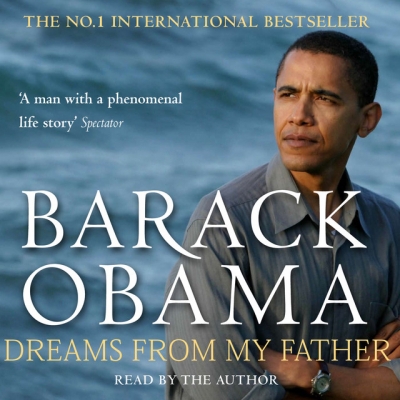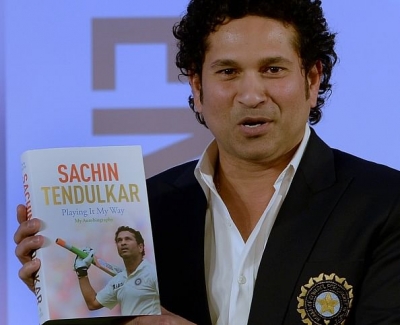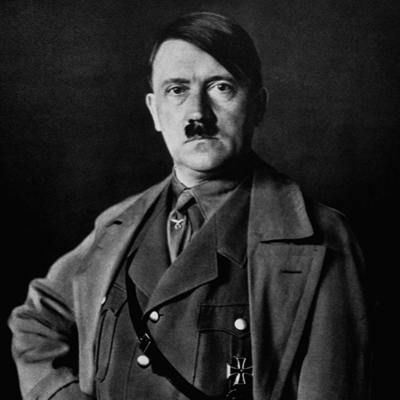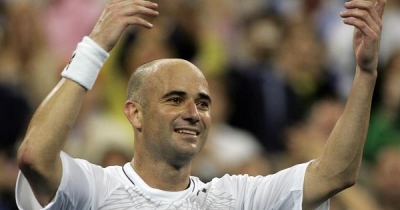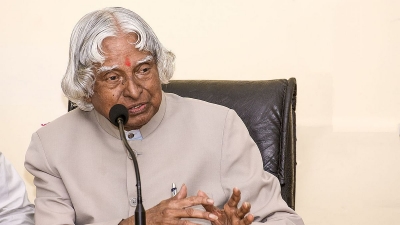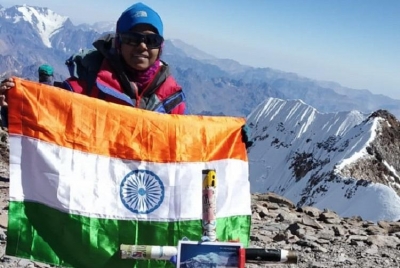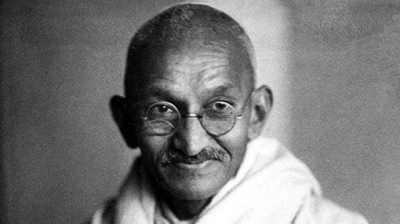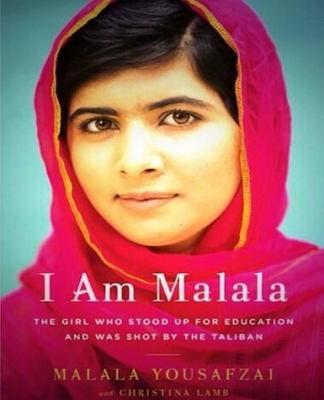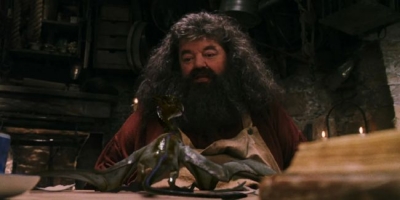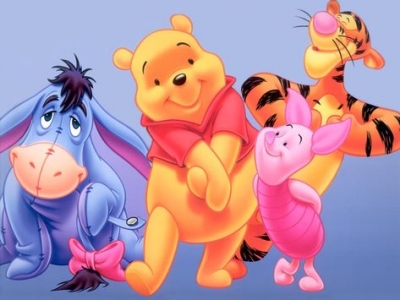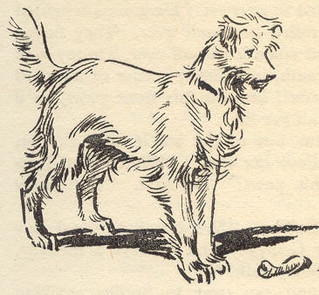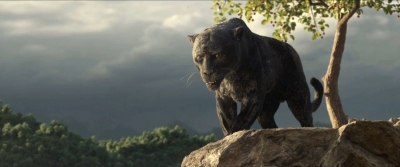What is the name of the Nelson Mandela autobiography?
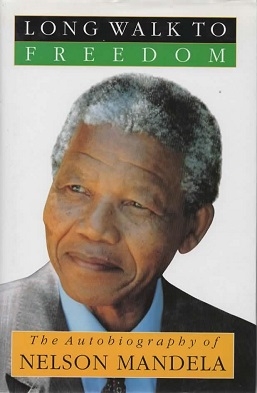
Long Walk to Freedom is an autobiography written by South African President Nelson Mandela, and first published in 1994 by Little Brown & Co. The book profiles his early life, coming of age, education and 27 years in prison.
The book won the Alan Paton Award in 1995 and has been published in many languages, including an Afrikaans translation by Antjie Krog.
Long Walk to Freedom has been adapted into a film titled Mandela: Long Walk to Freedom directed by Justin Chadwick, written by William Nicholson, and produced by Anant Singh. Mandela personally awarded the film rights to the book to Singh's company some years before 2009. Singh believes that as the film is based on Mandela's writing, it will be the "definitive" biopic of him. English actor Idris Elba portrays Mandela in the film. The film was limited released on 29 November 2013 in the United States. The full release happened on Christmas Day 2013 in the United States. When the film was shown in London for Prince William and his wife, Nelson Mandela's death was announced.
Picture Credit : Google
